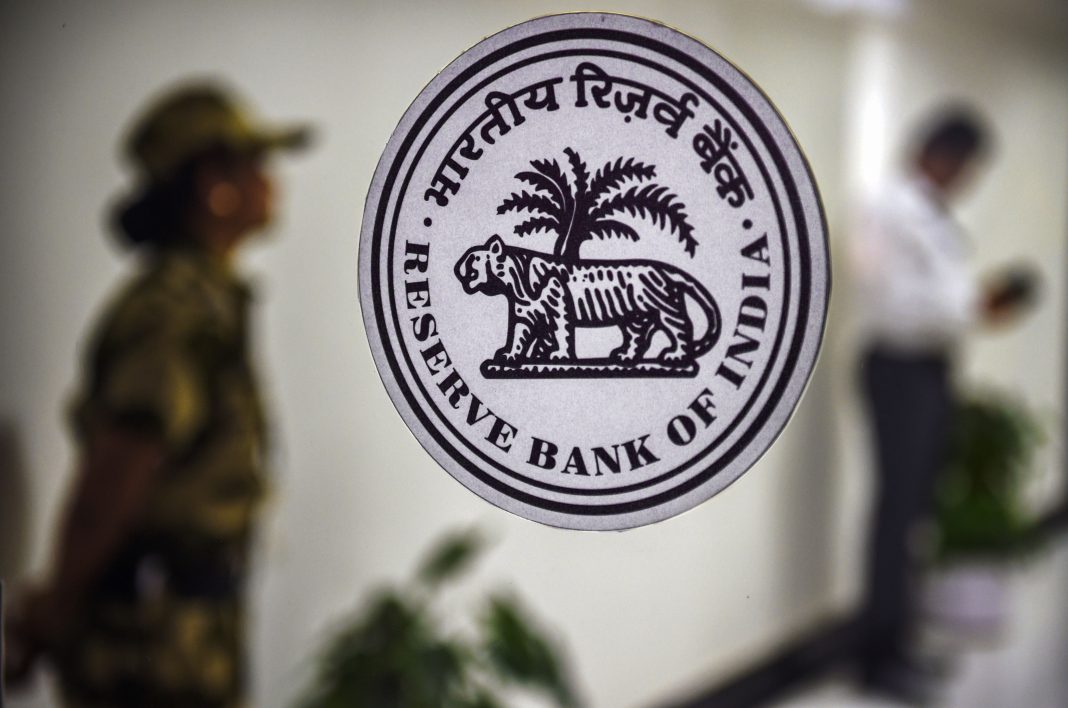In a widely anticipated move, the Reserve Bank of India (RBI) announced a repo rate cut to 6% during its latest monetary policy meeting. This 25-basis-point reduction signals a shift in the central bank’s approach to stimulate economic activity amid signs of softening inflation and a need to support growth. This decision has far-reaching implications for borrowers, lenders, businesses, and investors.
In This Article:
Understanding the Repo Rate
The repo rate is the rate at which the RBI lends short-term funds to commercial banks. A cut in this rate effectively reduces the cost of borrowing for banks, which can, in turn, pass on the benefit to consumers through lower interest rates on loans and credit.
At 6%, the repo rate now stands at its lowest level since early 2022. The central bank’s monetary policy committee (MPC) voted 4-2 in favor of the cut, indicating a moderately dovish stance aimed at balancing inflation control with the urgent need to revive economic momentum.
Why the RBI Cut the Repo Rate
There are several macroeconomic factors behind this strategic move:
- Cooling Inflation: After months of stubbornly high inflation, retail inflation has started to ease, staying within the RBI’s comfort range of 2-6%. With food and fuel prices stabilizing, the central bank found some room to maneuver.
- Slow Credit Growth: Despite previous rate pauses, bank credit growth to key sectors such as MSMEs and real estate has been tepid. A rate cut aims to incentivize borrowing and spur demand.
- Weak Private Consumption: India’s private consumption, which forms over 55% of GDP, has seen muted growth. With a repo rate cut, the RBI hopes to increase disposable income and consumer spending.
- Global Rate Cycle Shift: Major central banks like the US Federal Reserve and the European Central Bank have begun signaling a shift toward policy easing. RBI’s rate cut keeps Indian monetary policy aligned with global trends and supports capital inflows.
How It Impacts Borrowers
This decision is good news for retail and corporate borrowers. Home loan EMIs are likely to reduce, especially for those on floating interest rates. Personal loans, auto loans, and business credit could also become cheaper, potentially reviving stalled spending and investment.
However, the extent of benefit will depend on how quickly and fully banks pass on the rate cut. Historically, banks have been slower to transmit repo rate changes, citing cost and liquidity pressures.
Impact on Investors and Markets
For equity markets, a rate cut typically brings optimism. Lower interest rates reduce the cost of capital for businesses, which may boost earnings in the medium term. On the day of the announcement, the Sensex rose by 230 points and the Nifty crossed the 22,400 mark, reflecting bullish investor sentiment.
Bond markets reacted positively too. Yields on 10-year government securities fell as investors anticipated improved liquidity and lower future rates. This could lead to a rally in debt mutual funds, especially in long-duration funds.
Cautionary Note: Inflation Still a Concern
While the repo rate cut supports growth, it also brings risks if inflation resurges. The RBI has retained its stance as ‘withdrawal of accommodation’, signaling that this rate cut is not the start of a deep rate-cutting cycle. Policymakers remain cautious and will monitor inflation data closely before further easing.
What’s Next?
Economists believe this rate cut is a pre-emptive nudge to the economy as India heads into a crucial phase of post-pandemic recovery. The next few quarters will be crucial in determining the impact of this move on credit offtake, consumption, and overall economic sentiment.
For now, the message is clear: the RBI wants to accelerate growth without compromising on inflation control. Stakeholders across sectors should recalibrate their financial strategies accordingly.
The RBI’s decision to cut the repo rate to 6% marks a subtle but powerful shift in monetary policy. As households, businesses, and markets digest the news, the coming months will reveal how effectively this move translates into on-ground economic revival. Whether you’re a borrower, investor, or policymaker, this repo rate cut is a signpost worth watching.
By – Jyothi



